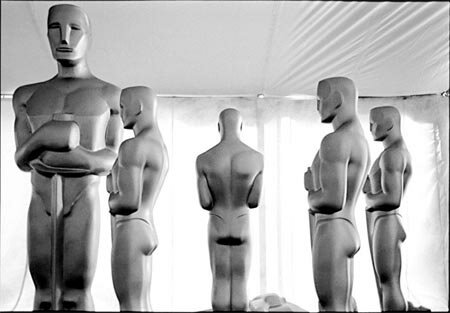A plea, and a proposal, for a worthwhile book on the films of Humphrey Bogart.

Tom Polhous: “It’s heavy. What is it?”
Sam Spade: “The, uh, stuff that dreams are made of.”
- The Maltese Falcon, 1941
Whatever the secret ingredient was that fuelled the Hollywood dream factory, Humphrey Bogart had it, in spades. Like the eponymous Falcon, he was a rare bird, remarkable in too many ways to list. Maybe the most fascinating aspect of the Bogart story lies in the fact that he was out of synch with his own success: stardom came late, death arrived early, and he can have had no inkling of the hugely powerful cultural force his name would come to represent. For, while other legends of the Golden Age – many of whom were bigger hitters at the box office – have faded with the passing years, Bogart’s star has continued to shine, until he now seems one of the most iconic figures ever to have come shimmering off the silver screen and into our collective consciousness.
Let’s not mince words. Bogart was a genius. Where could you find a comparable figure? Not in his own field: there was no actor ‘like’ Bogart. Not in another era, because even Bogart couldn’t have become Bogart in any other time or place than 40s Hollywood. If pushed, the closest you might get would be someone like Picasso, Muhammad Ali, or Bob Dylan: a figure so singular that they transcend any sense of being the best at what they do; instead, what they do becomes defined by them.
Like Bob Dylan, Humphrey Bogart is a subject most people probably expect has been more than adequately documented over the years: after all, the man has been dead for over half a century, and he’s one of the best-known, most blazingly iconic movie stars of all time. Surely there are hundreds of Humphrey Bogart books? And who on earth could see any need for another one? Well, the reality is very different: there’s a surprising dearth of Bogart books in general, and an even more remarkable scarcity of good Bogart books. Worse still, if you were looking for a good Bogart book that does a good job of covering the films of Humphrey Bogart in any depth, you’d have to look even harder. In fact, you’d have to write it yourself.
Continue reading



